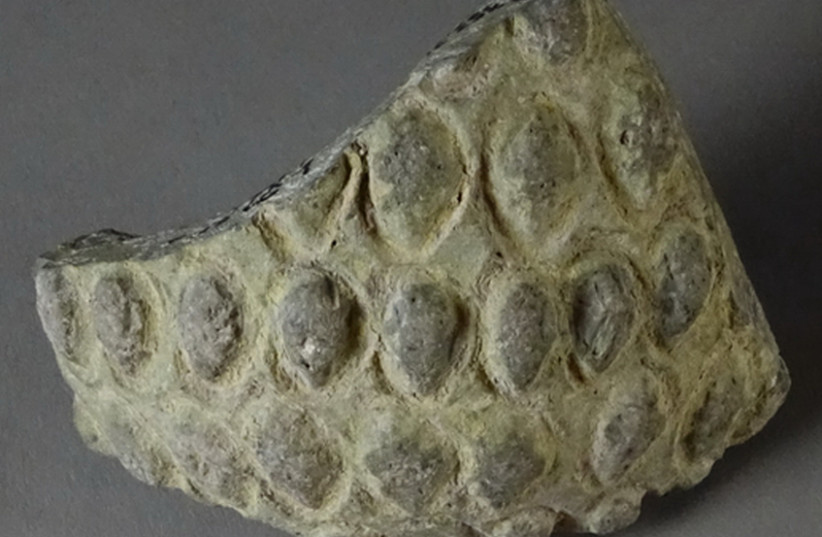Previously thought to have been used possibly as beer drinking vessels, or containers for oil or medicines, a recent study of sphero-conical ceramic containers from 11th-12 century Jerusalem currently exhibited in various museums suggests that they may actually have been used as hand grenades, according to a recent study in PLOS ONE.
And indeed, used locally produced explosives rather than material imported from China as previously thought.According to a press release from Griffith University in Queensland, Australia, the research led by Associate Professor Carney Matheson confirmed that while some of the vessels did contain residues of oils and medicines, and others contained scented oils residue, a new analysis revealed that some also contain flammable and probably explosive material that could indicate their use as ancient hand grenades.
“This research has shown the diverse use of these unique ceramic vessels which include ancient explosive devices,” he said in the press release. “These vessels have been reported during the time of the Crusades as grenades thrown against Crusader strongholds producing loud noises and bright flashes of light.”
The press release noted that Matheson, from Griffith’s Australian Research Centre for Human Evolution, said the explosive material he analyzed within the vessels more notably suggested that there may have been a locally developed ancient explosive.
He said that some researchers have theorized that the vessels held a black powder from an explosive invented in ancient China and known to have been introduced into the Middle East and Europe by the 13th century.
“It has been proposed that black powder may have been introduced to the Middle East earlier, as early as these vessels from the 9th-11th century,” he said in the press release. “However, this research has shown that it is not black powder and likely a locally invented explosive material.”
He said his research also revealed that some of these vessels had been sealed using resin.
“More research on these vessels and their explosive content will allow us to understand ancient explosive technology of the medieval period, and the history of explosive weapons in the Eastern Mediterranean,” he said.

